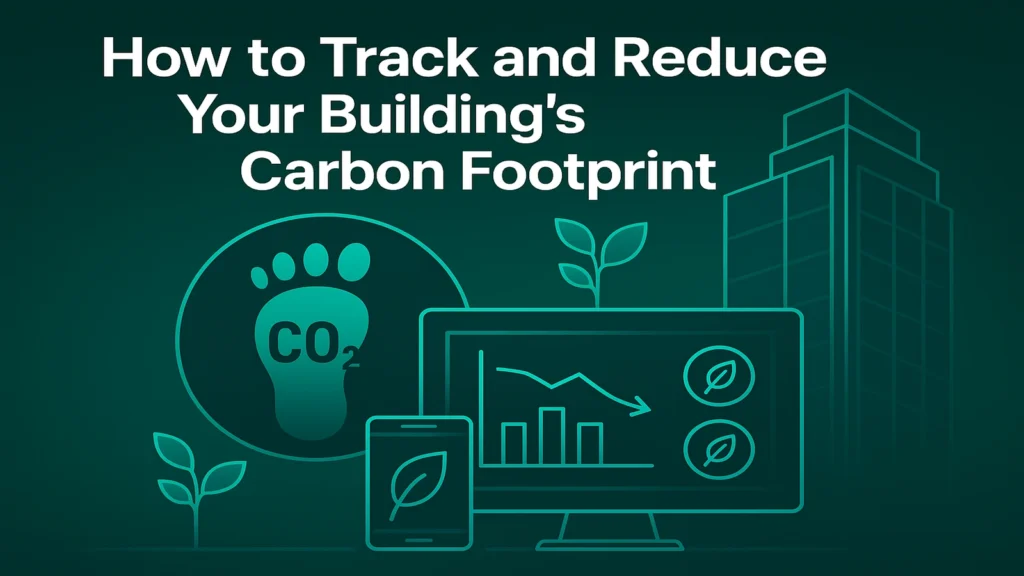As sustainability becomes a top priority for businesses, more organisations are working to reduce their carbon footprint. However, before you can reduce something, you need to understand what it is and how to measure it accurately. That’s where many companies get stuck.
What Is a Carbon Footprint?
Your carbon footprint is the total amount of greenhouse gases (mainly carbon dioxide) released into the atmosphere as a result of your activities. For buildings, this includes:- Electricity and gas usage
- Heating, cooling, and lighting systems
- Equipment and appliances
- Water systems and waste
- Even employee commutes and on-site operations (if included in broader ESG reporting)
How Is It Calculated for Buildings?
To calculate your building’s carbon footprint, you first need to collect data about its energy use and operations. This usually involves:- Gathering electricity and gas bills
- Logging fuel use from heating systems
- Tracking hours of equipment use
- Applying standard emissions factors (e.g., how many kg of CO₂e per kWh of electricity used)
The Problem: Lack of Clear, Real-Time Data
Many businesses are still using spreadsheets or annual audits to estimate their carbon output. These methods are slow and often rely on assumptions rather than real usage. Without detailed and timely data, it’s hard to:- Identify which parts of the building are causing the most emissions
- See the results of any energy-saving efforts
- Report accurate progress on ESG goals
- Justify investments in sustainability to stakeholders
Why Real-Time Tracking Matters
Modern buildings are complex. Energy use can vary depending on the time of day, weather, occupancy, and equipment schedules. Real-time carbon tracking gives you a live picture of what’s happening, so you can:- Monitor carbon emissions as they happen
- Detect spikes or inefficiencies right away
- Compare performance across floors, zones, or systems
- Respond quickly to fix problems or adjust settings
How DIREK Helps
Direk.io makes it simple to track and reduce your building’s carbon footprint. The platform connects with your building’s meters and sensors to gather real-time data on energy use and environmental performance. It then turns this data into useful insights. Here’s what Direk.io can do:- Track carbon emissions live based on your actual energy use
- Break down emissions by source, such as HVAC, lighting, or equipment
- Generate automated reports for ESG compliance and internal reporting
- Offer recommendations to cut carbon in the most effective areas
Turning Insight Into Action
Tracking your carbon footprint is only the first step. The real value comes from knowing what to do with that information. Direk.io helps you take action by showing how your changes impact emissions over time. For example, you can:- Adjust HVAC schedules to match occupancy
- Identify zones that are using too much energy and fine-tune them
- Measure the carbon savings from energy-efficient upgrades
- Set realistic targets and track your progress toward net-zero goals
